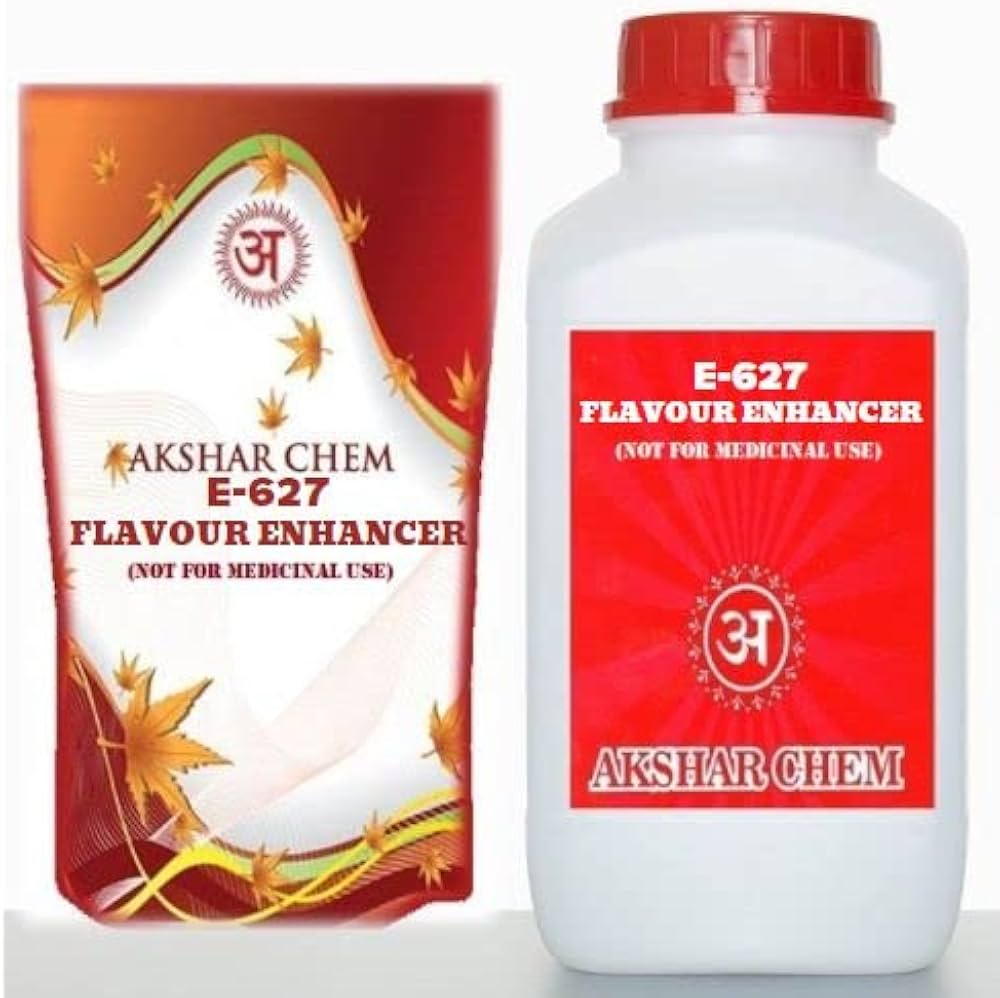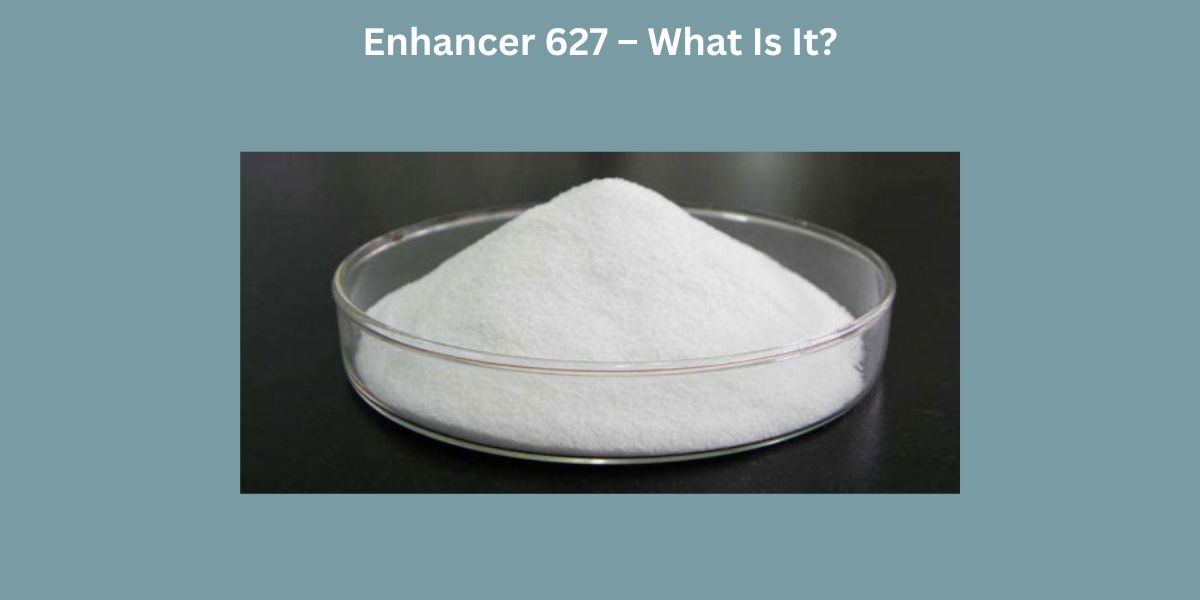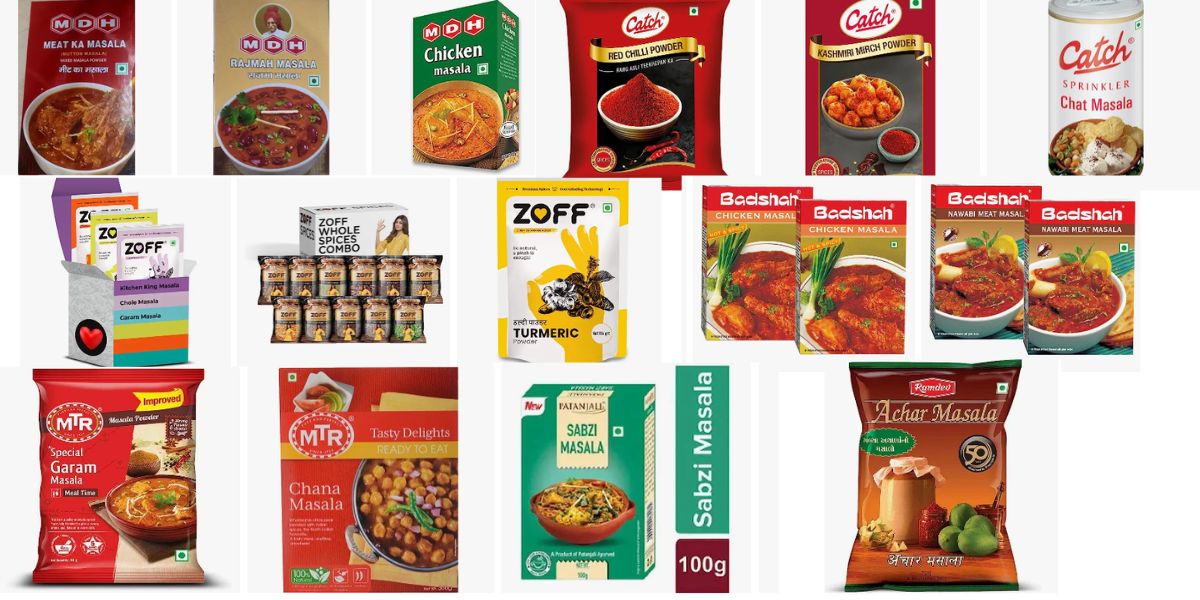Flavor plays a pivotal role in food production and processing, requiring careful planning, observation, and testing to produce a delicious food product. However, processes such as freezing, heating, and canning can reduce the original flavor of the food by the time it reaches consumers. To combat this problem, flavor enhancers are used to preserve and intensify the main flavors, whether bitter, sweet, salty, or savory. This ensures that foods maintain their intended flavor composition throughout the entire production journey.
One food additive that is commonly used is Flavor Enhancer 627. Also known as GMP, or Disodium Guanylate, the flavor enhancer was initially made with sardines, a fish, but today, it’s derived from a yeast extract. It is a certified food enhancer in New Zealand and Australia under code no. 627.
INS 627 is often used with glutamic acid and is sometimes combined with INS Previously, bonito fish were contaminated with disodium guanylate and disodium inosinate (627 and 631). Today, a vegetarian variety is being used which is prepared with yeast. But, using this food additive in excessive amounts can lead to serious side effects.
INS 627– Quick Overview

Ins 627 means a flavor enhancer or food additive, which is used to improve the taste of a food product.
| About INS 627 | A flavor enhancer or food additive that increases the flavor. |
| INS 627 Appearance | Tiny crystals or a crystalline powder |
| How INS 627 is made | Fermented sardines, yeast, or tapioca starch |
| How INS 627 is used | Put in small quantities to food products. |
| Where INS 627 is found | Potato chips and Instant Noodles |
| Safety standard | It can be added to foods without any harm, says the FDA. |
Enhancer 627 serves as a food additive or flavor enhancer when added to any food product in minimal proportions. It can be found in small crystal form or as a crystalline powder. Derived from monosodium glutamate, 627 is prepared from the fermentation of tapioca starch. Yeast and sardines are other ingredients used to obtain the e627 flavor enhancer. You can consider using it to add a delicious flavor to many food products.
Key features of Flavour Enhancer 627
- Like Flavour Enhancer 631, Enhancer 627 is an odorless and colorless powder. Sniff it once and see that your tongue starts tingling. Another reaction you may have after tasting it is a runny nose.
- The key feature of INS 627 is that it acts as an added MSG (Monosodium Glutamate) to enhance the flavor of instant noodles. This is a common reason why instant noodles taste more appealing compared to homemade noodles.
- Adding these flavor enhancers can make any savory dish incredibly tempting.
- A store-bought packet of potato chips often tastes more flavourful than homemade ones as it adds flavor enhancer 627.
- Enhancer 627, in the US and UK, is used as a flavoring agent, adding a distinctive taste to numerous dishes, including Chinese cuisine.
- Although there are no direct side effects from its ingestion, several people may experience some reactions.
- Today, several manufacturers consider using other variations for glutamate because of its reliable chemical nature.
Flavour Enhancer 627 Vegetarian Version:
There is a vegan option for food additive 627, also called disodium guanylate:
- E627 Flavour Enhancer: A vegetarian option that is an important component in formulations.
- Yeast Extract: A perfect option for both vegetarians and vegans.
Enhancer 627 Usage:
- Food Enhancer like Enhancer 627 is used as a preservative or additive in several food products.
- Food enhancer like 635 is used in Instant noodles, which are widely used in the world.
- Some other food items that add food enhancers are cheese, potato chips, ice cream, soups, and sauces. Flavor enhancer 627 and 631 are added to these food items to bring taste.
- Seasonings and herbs available also have this enhancer added to extend their shelf life.
How Flavor Enhancer 627 Works?
Flavor Enhancer 627 does not have a flavor of its own but enhances the natural taste of food products. When added, it triggers a chemical reaction in the food without becoming a part of it. Unlike many other additives, it is relatively expensive and varies in composition depending on the food product. Derived from dried seaweed, INS 627 is commonly used in ready-to-eat noodles, potato chips, savory rice, tinned vegetables, and meats, enhancing their taste significantly.
INS 627 Side Effects
Consuming enhancer 627 in excessive amounts can lead to server health conditions. This food additive contains chemical composites. It would be better if you do not take it in excess. The way different food flavors interact with the body varies from person to person.
Well, there are many people who are allergic to the food flavor 627. Eating it can cause health issues like vomiting, nausea, dizziness, and intense headaches. Some people also get skin rashes after eating it.
Food products that contain this enhancer may cause skin redness or rashes after eating them. Typically, people experience allergy symptoms on the face, lips, or tongue.
It is common for people who have allergies to have a runny nose or difficulty breathing. If you are one of those who are allergic to a certain compound, read the composition of the food flavor carefully.
If in doubt, you can check the food label for detailed information. Look carefully at the ingredients list and find out the type of additives added.
While salt enhances the flavor and sensory appeal of food, excessive sodium intake is widely recognized as a risk factor for developing chronic diseases.
Also Read: Top 15 Dates Benefits for Men and Their Side Effects
Side Effects of Using Enhancers in Excessive Amounts:
Whatever you consume in excess can be harmful to your health. Food additives or food flavors also work similarly. These have many negative effects and are made of chemicals. Excessive consumption of these food additives should be avoided.
Stay Away from Flavour Enhancers in the following cases:
- Flavor enhancers 627 631 should not be offered to children under 12 months of age.
- Food additives can cause allergies in people who are suffering from asthma and arthritis.
- JECFA believes that 627 is safe when taken with short-term or long-term toxicity.
Difference between INS 631 and INS 627
Both food additives are used to enhance flavor. The food additive 627 is obtained from the fermentation of tapioca starch. Yeast and sardines are other items to get this taste. Speaking of INS 631, it is a naturally occurring acid, initially found in animals. INS 631 is also known as a sodium salt of inosinic acid. It is available in the form of crystals or crystalline powder ranging in color from white to colorless.
To add flavor to packaged meals and fast foods, flavor enhancers 627 631 are sometimes added. Apart from this, it also reduces the requirement of salt in that food item. The main purpose of this additive is to significantly improve the taste of the food to which it is added.
Closing Words!
The art of preparing delicious food relies on a delicate balance between creativity and science. Although food processing methods such as canning, freezing, and heating are important for preservation, they sometimes take away the natural goodness of taste. This is why flavor enhancers are being used to restore and enhance the taste experience. Using food additives keeps your food appealing to customers. However, before using them, it is important to monitor how even small amounts of flavor enhancers can affect a person differently. Make sure you check the food labels to indicate which option is more suitable and healthier for you.
FAQs:
- Is Enhancer 627 vegetarian?
Food Enhancer 627 comes in two variants: one has fish extract, and the other one has yeast extract, which is perfect for both vegetarians and vegans. Make sure to check the food labels before buying any food item.
- Is Enhancer 627 intake risky?
Not at all, if taken in small amounts. While Enhancer 627 will not completely affect the health of consumers, it can still affect a few individuals even in the smallest amounts.
- What is Enhancer 627 made of?
Disodium Guanylate of E627 is derived from dried seaweed and is sometimes poured into potato chips, instant noodles, and other food items, tinned vegetables, savory rice, packaged soup, and cured meats.












Add Comment